Germany PMI Manufacturing dropped from 62.6 to 58.5 in September, below expectation of 61.3, an 8-month low. PMI Services dropped from 60.8 to 56.0, below expectation of 60.3, a 4-month low. PMI Composite dropped from 60.0 to 55.3, a 7-month low.
Phil Smith, Associate Director at IHS Markit said:
- “September’s flash PMI survey showed a notable slowdown in the rate of growth of the German economy, in a sign that activity is beginning to level off after rebounding sharply over the summer.
- “However, despite the slowdown in September, the pace of economic growth in the third quarter still looks to have surpassed the 1.6% expansion seen in the three months to June.
- “The survey pointed to a continued drag on growth from the manufacturing sector, which is bearing the brunt of supply shortages and rising costs. Coupled with this, services activity showed its smallest rise since May, as the post-lockdown surge in demand waned further.
- “While business sentiment towards future activity remains positive, reflecting continued hopes of an end to the pandemic, growth expectations are being held back by supply-chain concerns and the risks posed to demand from rising prices.”




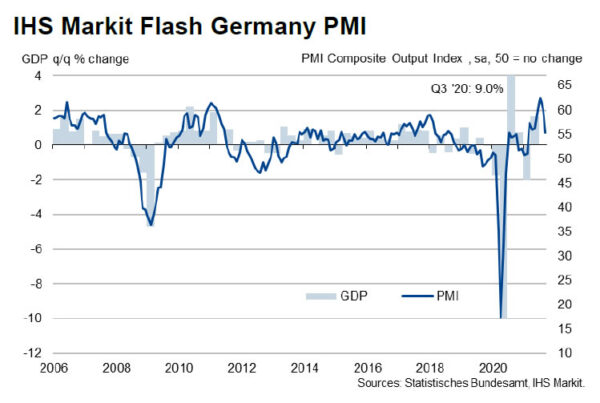
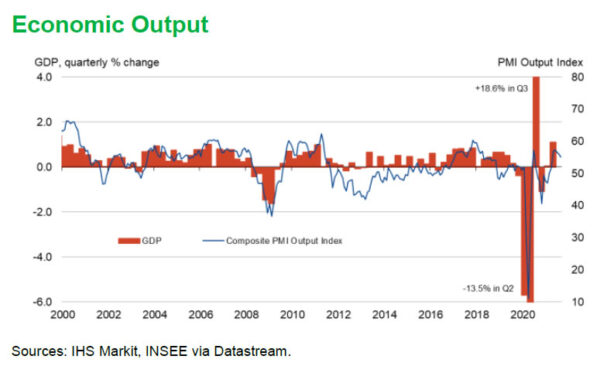
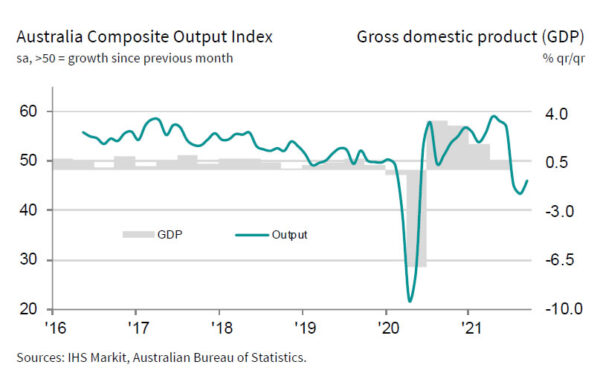
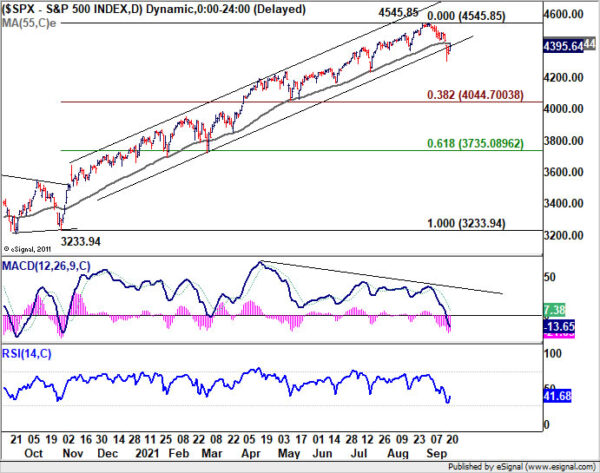


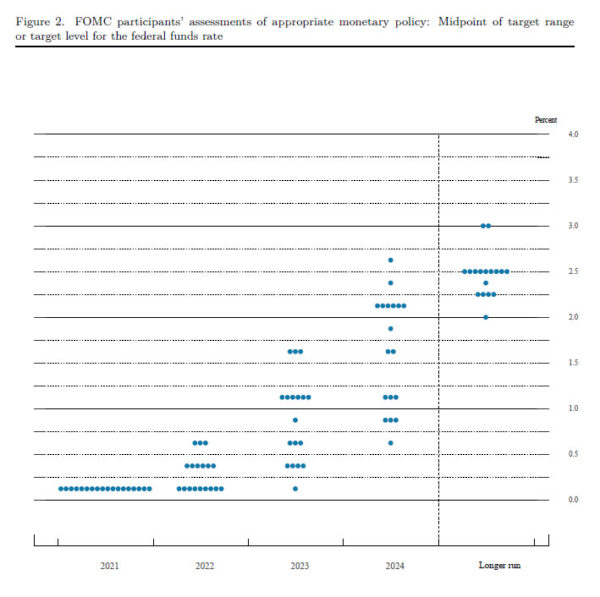
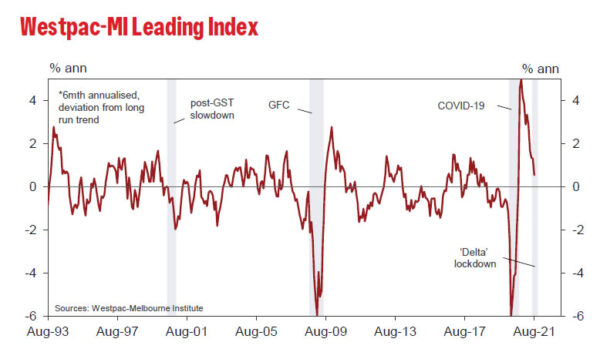
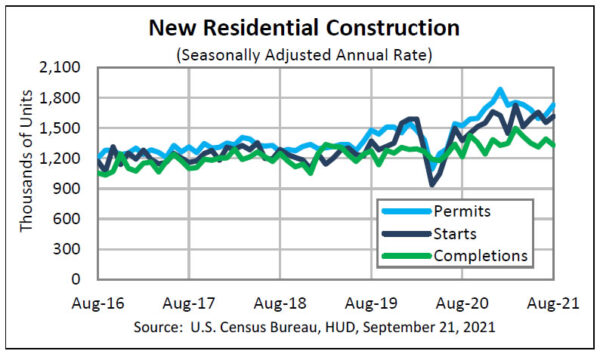
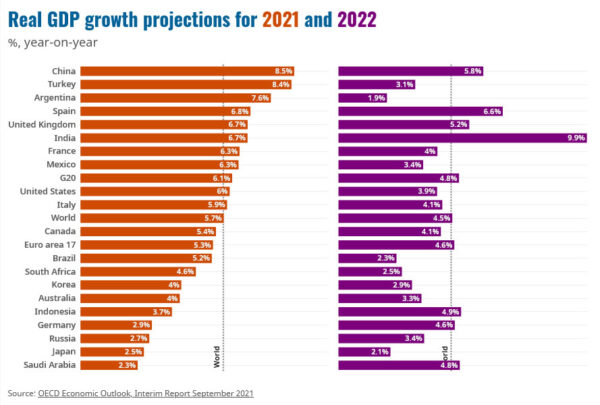
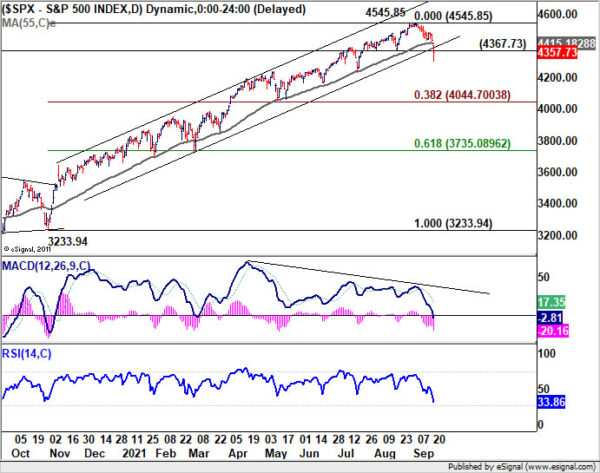

Eurozone PMI composite dropped to 56.1, unwelcome combination of sharply slower economic growth and steeply rising prices
Eurozone PMI Manufacturing dropped from 61.5 to 58.7 in September, below expectation of 60.4, a 7-month low. PMI Services dropped from 59.0 to 56.3, below expectation of 58.4, a 4-month low. PMI Composite dropped from 59.0 to 56.1, a 5-month low.
Chris Williamson, Chief Business Economist at IHS Markit said:
“September’s flash PMI highlights an unwelcome combination of sharply slower economic growth and steeply rising prices.
“On one hand, some cooling of growth from the two-decade highs seen earlier in the summer was to be expected. On the other hand, firms have become increasingly frustrated by supply delays, shortages and ever-higher prices for inputs. Businesses, most notably in manufacturing but also now in the service sector, are being constrained as a result, often losing sales and customers.
“Concerns over high prices, stressed supply chains and the resilience of demand in the ongoing pandemic environment has consequently eroded business confidence, with expectations for the year ahead now down to the lowest since January.
“For now, the overall rate of expansion remains solid, despite slowing, but growth looks likely to weaken further in coming months if the price and supply headwinds show no signs of abating, especially if accompanied by any rise in virus cases as we head into the autumn.”
Full release here.